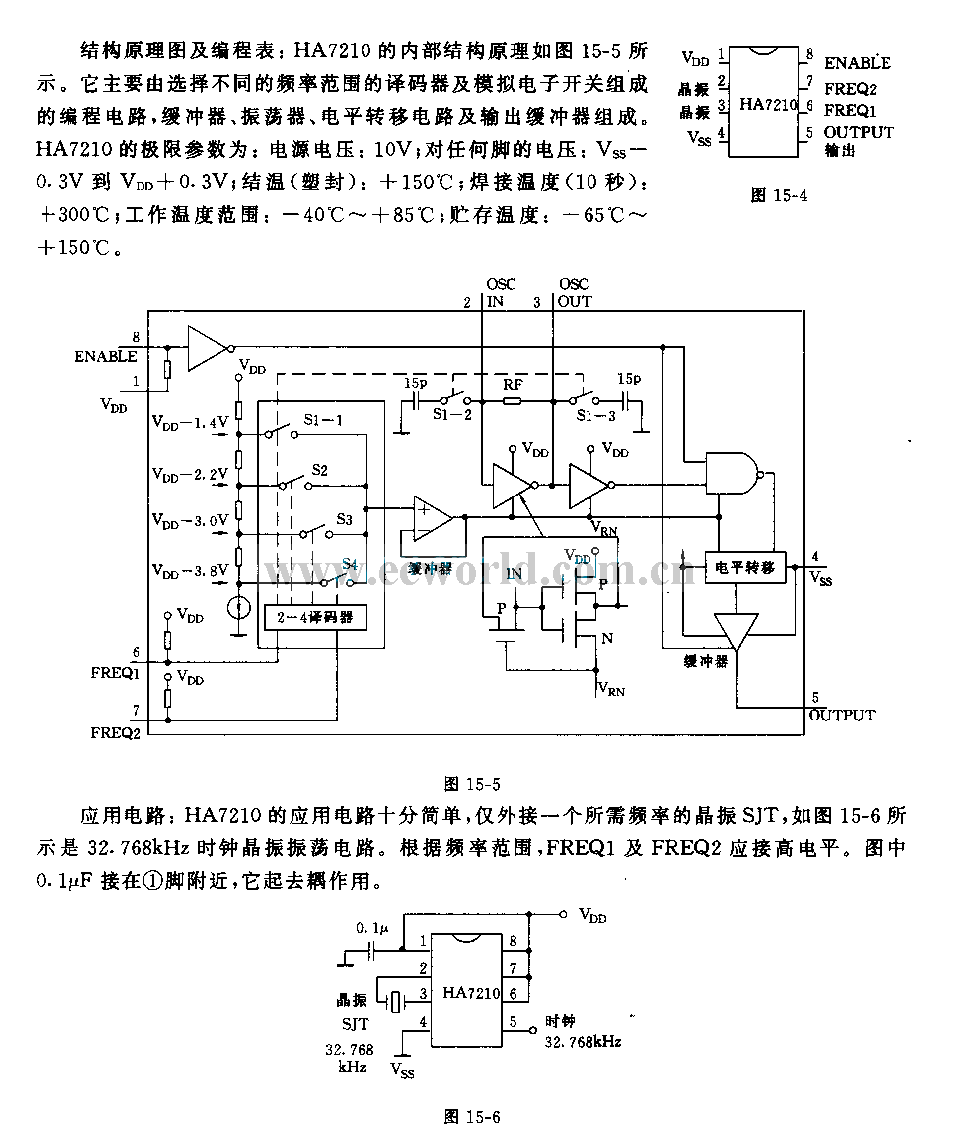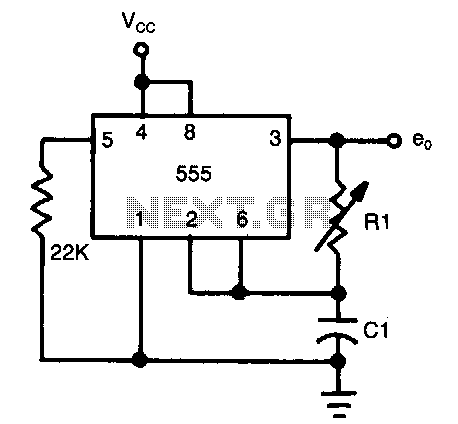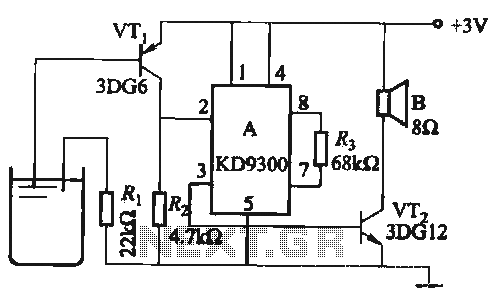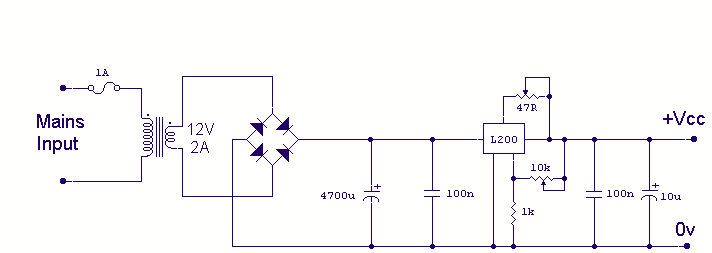
Low-voltage low power programmable crystal oscillator circuit

Features: 1. The operating voltage is low, functioning with a single supply of 2.0V. 2. Power consumption is minimal, with a supply current of 5 µA at 32 kHz and 130 µA at 1 MHz. 3. It has a wide frequency range, with an operating frequency range from 10 kHz to 10 MHz, and it is programmable.
This electronic component is designed for applications requiring low power consumption and a flexible operating frequency. The low operating voltage of 2.0V allows for integration into battery-powered devices, enhancing energy efficiency. The current consumption characteristics are particularly noteworthy, with a supply current of only 5 µA at 32 kHz, making it suitable for low-power applications. This is significantly increased to 130 µA at the higher frequency of 1 MHz, indicating a trade-off between frequency and power consumption.
The programmable frequency range from 10 kHz to 10 MHz offers versatility in various applications, such as signal generation, clock generation, or frequency modulation. The ability to program the frequency allows for customization based on specific application requirements, enabling the device to adapt to different operational conditions.
In terms of circuit design, the integration of this component would typically involve a straightforward single-supply configuration. Additional passive components, such as resistors and capacitors, may be required for stabilization and filtering purposes. The output can be connected to other digital or analog components, depending on the intended application. Overall, this component is ideal for use in low-power, high-frequency applications, providing a balance between performance and efficiency.Features : 1. Its working voltage is low, and it operates with single-supply, 2.0V low operating voltage. 2. Its power consumption is low, and the supply current is 5 ?A when it operates at 32kHz, and the current is 130?A when it operates at 1MHz. 3. It has a wide frequency range, operating frequency range is 10KHz ~ 10MHZ, and it is programmable. 4. The e.. 🔗 External reference
This electronic component is designed for applications requiring low power consumption and a flexible operating frequency. The low operating voltage of 2.0V allows for integration into battery-powered devices, enhancing energy efficiency. The current consumption characteristics are particularly noteworthy, with a supply current of only 5 µA at 32 kHz, making it suitable for low-power applications. This is significantly increased to 130 µA at the higher frequency of 1 MHz, indicating a trade-off between frequency and power consumption.
The programmable frequency range from 10 kHz to 10 MHz offers versatility in various applications, such as signal generation, clock generation, or frequency modulation. The ability to program the frequency allows for customization based on specific application requirements, enabling the device to adapt to different operational conditions.
In terms of circuit design, the integration of this component would typically involve a straightforward single-supply configuration. Additional passive components, such as resistors and capacitors, may be required for stabilization and filtering purposes. The output can be connected to other digital or analog components, depending on the intended application. Overall, this component is ideal for use in low-power, high-frequency applications, providing a balance between performance and efficiency.Features : 1. Its working voltage is low, and it operates with single-supply, 2.0V low operating voltage. 2. Its power consumption is low, and the supply current is 5 ?A when it operates at 32kHz, and the current is 130?A when it operates at 1MHz. 3. It has a wide frequency range, operating frequency range is 10KHz ~ 10MHZ, and it is programmable. 4. The e.. 🔗 External reference





